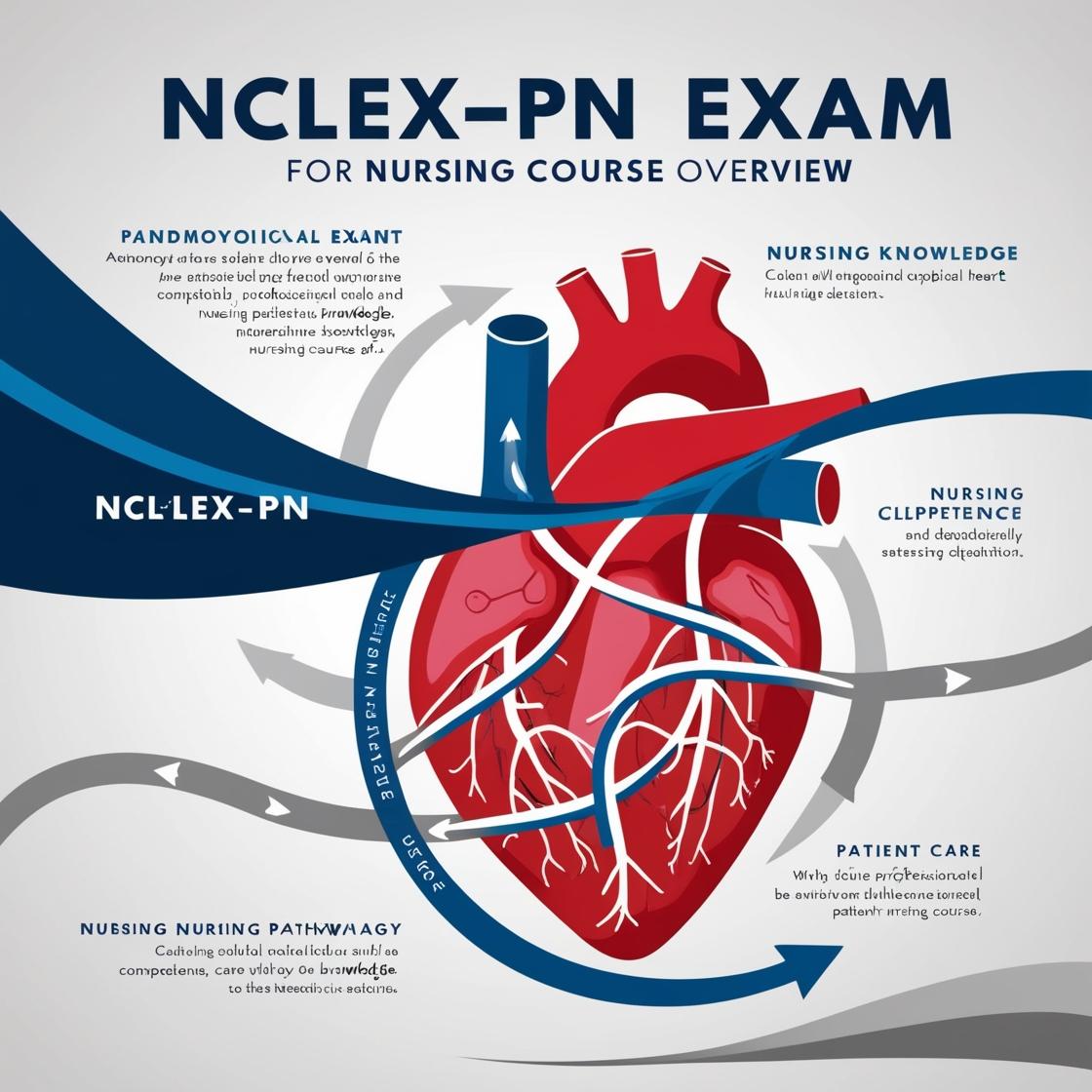NCLEX NCLEX-PN
Safe and Effective Care Environment Nclex PN Questions
1. When the healthcare provider is determining the appropriate size of an oropharyngeal airway to insert, what part of a client's body should they measure?
- A. corner of the mouth to the tragus of the ear
- B. corner of the eye to the top of the ear
- C. tip of the chin to the sternum
- D. tip of the nose to the earlobe
Correct answer: A
Rationale: When selecting the correct size of an oropharyngeal airway, the healthcare provider should measure from the corner of the client's mouth to the tragus of the ear. This measurement ensures that the airway is the appropriate length to maintain a clear air passage for exchange. Measuring from the corner of the eye to the top of the ear (Choice B) is inaccurate and not a standard measurement for selecting the size of an oropharyngeal airway. Measuring from the tip of the chin to the sternum (Choice C) is irrelevant to determining the correct size of the airway. Similarly, measuring from the tip of the nose to the earlobe (Choice D) is also incorrect and does not provide the necessary measurement for selecting an oropharyngeal airway size.
2. During an annual physical exam, a client is diagnosed with Benign Prostatic Hyperplasia (BPH). This client is likely to have a consult with which type of physician?
- A. gynecologist
- B. physiatrist
- C. urologist
- D. proctologist
Correct answer: C
Rationale: A client diagnosed with Benign Prostatic Hyperplasia (BPH) would typically have a consult with a urologist. Urologists specialize in urinary tract and prostatic diseases, making them the appropriate choice for managing BPH. A gynecologist focuses on diseases of the female reproductive tract, so they are not relevant in this case. A physiatrist specializes in rehabilitation care, which is not directly related to the treatment of BPH. A proctologist specializes in lower colonic digestive diseases, which are unrelated to BPH.
3. To remove hard contact lenses from an unresponsive client, what should the nurse do?
- A. Gently irrigate the eye with an irrigating solution from the inner canthus outward
- B. Grasp the lens with a gentle pinching motion
- C. Don sterile gloves before attempting the procedure
- D. Ensure that the lens is centered on the cornea before gently manipulating the lids to release the lens
Correct answer: D
Rationale: When removing hard contact lenses from an unresponsive client, the nurse should ensure that the lens is centered on the cornea before gently manipulating the lids to release the lens. This approach helps prevent scratching the cornea. Gently maneuvering the upper and lower eyelids assists in loosening the lens for easy removal. Options A, B, and C are incorrect because irrigating the eye, grasping the lens, or wearing sterile gloves are not recommended methods for removing hard contact lenses. It is crucial to handle the situation delicately to avoid causing harm or discomfort to the client.
4. Which is the proper hand position for performing chest percussion?
- A. Use the side of the hands
- B. Flatten the hands
- C. Spread the fingers of both hands
- D. Cup the hands
Correct answer: D
Rationale: The proper hand position for performing chest percussion is to cup the hands. Cupping the hands helps produce a vibration that aids in loosening respiratory secretions effectively. This technique is essential for therapeutic chest physiotherapy. Using the side of the hands, flattening the hands, or spreading the fingers of both hands do not generate the necessary vibration required for chest percussion. These hand positions are not considered proper techniques in this context and may not provide the desired therapeutic effect.
5. When a client has a chest drainage system in place, where should the system be placed?
- A. above the level of the client's chest
- B. at the level of the client's shoulders
- C. at the level of the chest
- D. below the level of the chest
Correct answer: D
Rationale: A chest drainage system should be placed below the level of the client's chest to ensure proper drainage of fluid from the chest. Placing the system above the level of the chest or at the shoulders would not allow gravity to assist in the drainage process, potentially leading to complications such as fluid accumulation. Similarly, placing it at the level of the chest would not create the necessary gravity-dependent flow for effective drainage, which is crucial for the proper functioning of the chest drainage system.

Access More Features
NCLEX PN Basic
$69.99/ 30 days
- 5,000 Questions with answers
- Comprehensive NCLEX coverage
- 30 days access
NCLEX PN Premium
$149.99/ 90 days
- 5,000 Questions with answers
- Comprehensive NCLEX coverage
- 90 days access
